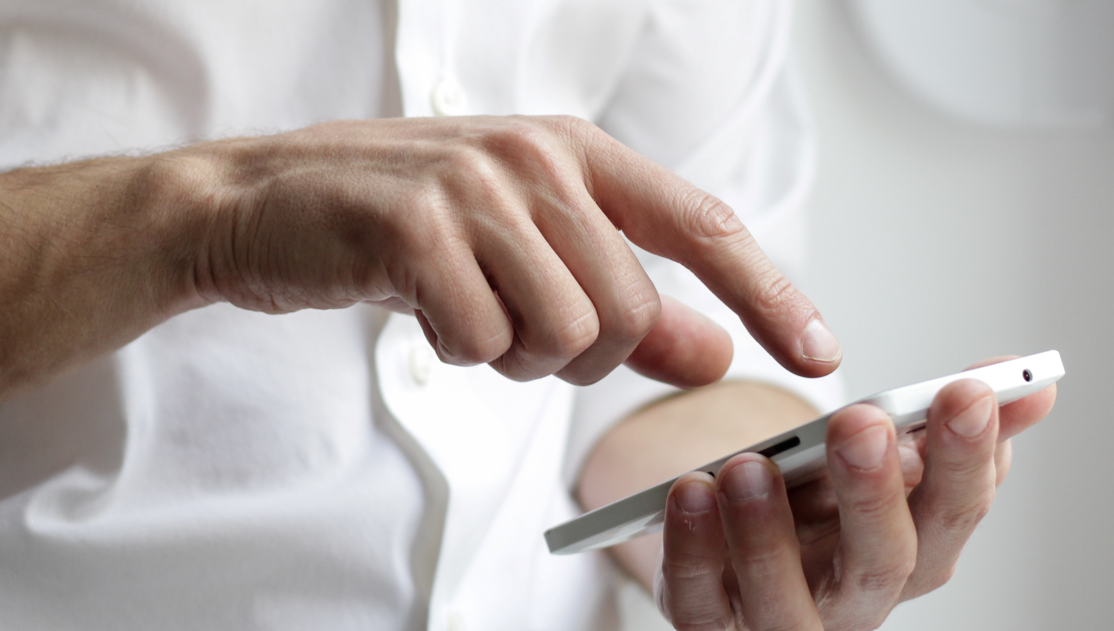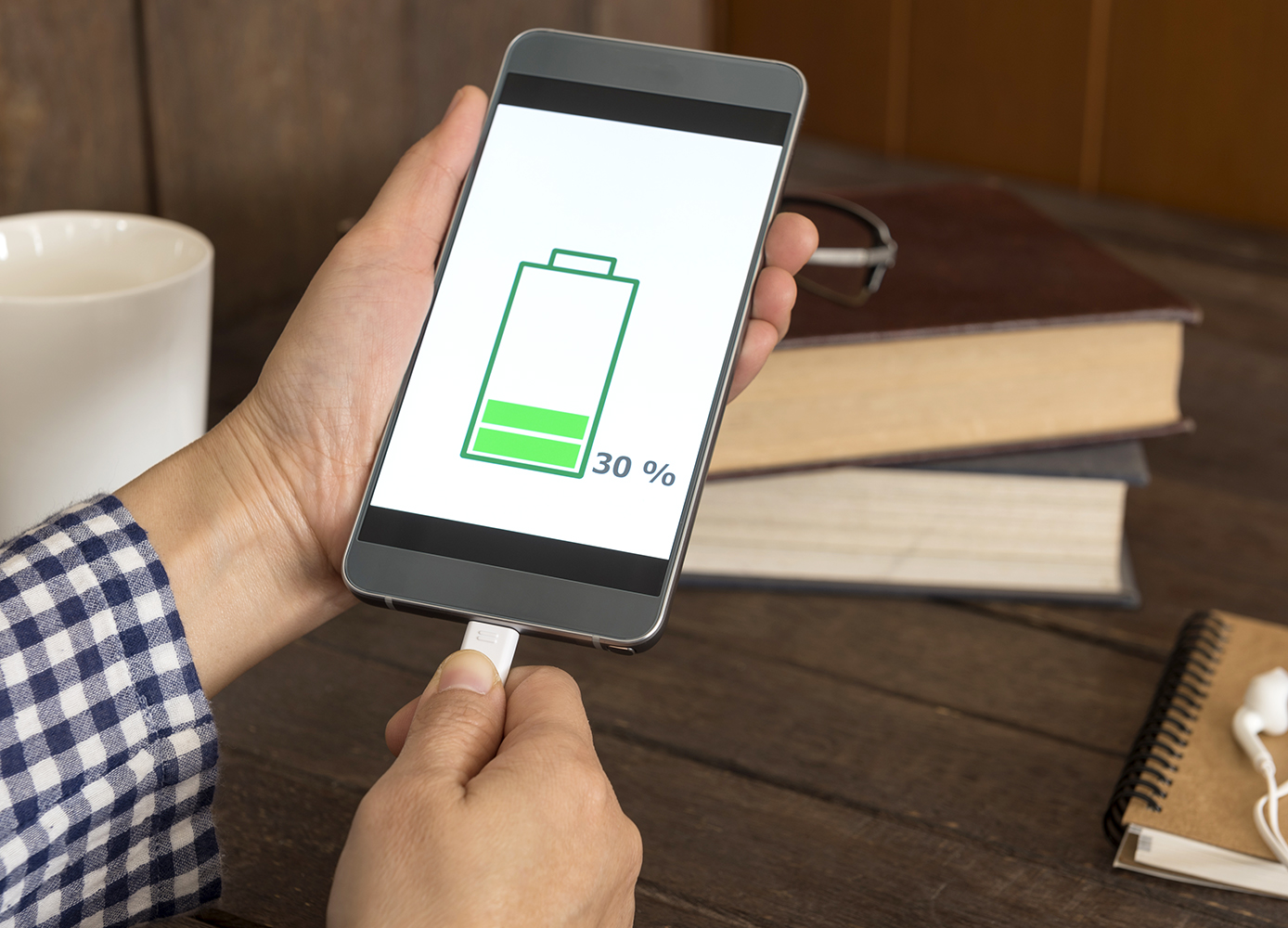Here’s what to look for when contemplating a smartphone purchase
By Matt Smith
With a new year comes a new crop of cellphones on the market Whether your old model isn’t cutting it anymore or you’re just looking for a change, here are some things to consider when shopping for an upgrade.
Operating System
While third party systems like Blackberry are still around, we’ll focus on the big two: Android and iOS (Apple). If you’ve become used to one or the other over the years, it’s likely you’ll want to stick with it.
If you’re a big Google user, then Android is likely the way to go. Apple phones support Google apps such as Gmail, Calendar, and Drive, of course, but Android phones offer you the ultimate integration. Just set up your new phone, sign into your Google account, and all your information is there, including the contacts from your old phone.
The same goes for Apple users and iPhones—if you rely on other the company’s other devices, such as the Mac, iPad, or Apple Watch, then there’s good reason for you to stick with them. Your contacts, messages, calendar, and other data are synched through your iCloud account, making setup a breeze.
Generally, Apple products are more user-friendly than their Android equivalents, but they can be priced quite a bit higher. Android phones, on the other hand, offer much deeper customization options for the more tech-inclined user.
Price
A top-of-the-line phone can be cost you more than a computer these days, but don’t feel pressured into buying the latest model. You may even want to consider buying a refurbished phone instead of brand new.
Storage
If you plan to be using your phone as more than just, well, a phone, you should ensure you’ve got ample space for your apps and files. At least 32GB should suffice, and many Android phones have the option of adding a MicroSD card to increase capacity.
Durability
The more glass a phone has the less likely it will be to survive a drop, so don’t forget to invest in a good case. Most phones now have some degree of water resistance, as well so it’s worth comparing those specs.
Camera
A higher number of megapixels doesn’t necessarily mean a better camera. Instead, look for specs such as aperture (smaller numbers are better, meaning better low-light performance) and other features such as image stabilization.
Screen
OLED screens offer more contrast and a better image than LCD. They’re more expensive, but if you plan to use your phone to stream TV shows or take photos, it may well be worth it.
Battery Life
Nowadays, most phones will last around 10 hours on a single charge, but it’s still worthwhile to compare the battery life times between different models.
Photo: iStock/Bet_Noire.






